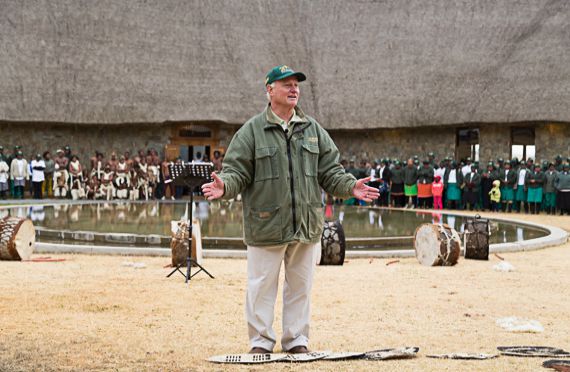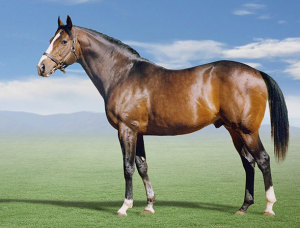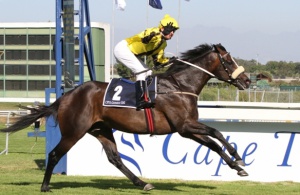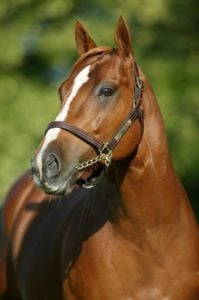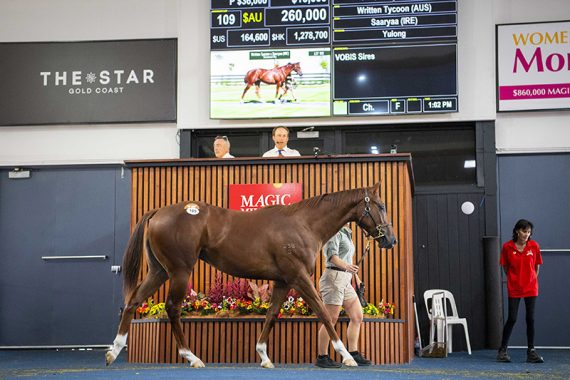Those attending racing’s big day out at Summerhill on Sunday 5th July, will know as they enter the great gates at its entrance that they’re about racing’s brotherhood, the upholding of its traditions of horsemanship and its respect for those that passed this way before.
Old Colonel Richards always said they’d be good, the next generation worked hard to make sure they’d be good, and this generation has shown us just how good the Summerhill horses really are. The place has been going so long, it’s a shrine as much as it’s a business, only as good as its present batch of runners.
Over at the barn, the stallions are so well-behaved, so content, because generations of stallion-handling are built into life here. These people have been chasing stallions ever since the old Colonel came back from the Great War in 1918, determined to breed the best transport horses his money could buy. In the closing days of Northern Guest’s reign, John Mbanjwa, the head stallion man, was stooped by his 70 years, but there was still a boyish serenity in his face.
You figured this was because he liked horses, and he never wanted to do anything else. He’d clasp the lead shank on the old bay horse who was bathed in a pale yellow glow by the sunlight streaming into his box. Most things at Summerhill are in pale yellow and green, including the paint on the stables. The stallion would step out calmly, dignified in his age with a fine length of rein, and a head that was surely what the man meant when he coined the phrase “the look of eagles”. The old horse was grinding away on courage by the end of his career, but he was not about to play the invalid. The light still burned brightly in his eye. Like any good stallion, he didn’t look at you, but over and beyond, to the fields of dreams.
Great Horses
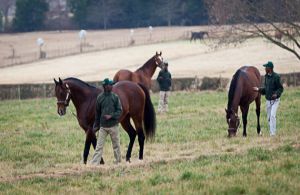 The most intriguing part of the Summerhill stallion barn is not the yellow shedrow with its green trim and brass name plates that tell you Sybil’s Nephew, Masham, Northern Guest, Liloy and Home Guard lived here.
The most intriguing part of the Summerhill stallion barn is not the yellow shedrow with its green trim and brass name plates that tell you Sybil’s Nephew, Masham, Northern Guest, Liloy and Home Guard lived here.
It is the breeding shed. In recent times, some very elaborate breeding sheds have gone up in various parts of the world, complete with hot-and-cold running vets, lasers, videos and all the software of the hi-tech age. They have the décor of hospitals. At Summerhill, the shed is clad with warped old louvres carrying ten layers of green enamel dating to Victorian times. The shingles on the cupilo are teal with age. Inside, the floor is a touch uneven and covered with shavings. The only concession to modern times is the racing channel on DSTV. Yet, heaven knows how many great horses have been fashioned in greatness there.
As you can imagine, like Hartford House, bookings for places are tight at the Summerhill stallion barn. It’s never been easy, but these days, you’d need to be a cracking racehorse to even apply. In the top half percent of racehorses worldwide, if the truth be told. Which means you’d have to be sporting a Timeform 120 or thereabouts, nothing less, and that applies to both their new kids on the block.
Royalty
Capetown Noir was born into racing royalty. The son of an “Emperor” father from the dynastic clan of Mr Prospector, he carries three strains of Northern Dancer, whose blood pervades the stud books of every racing jurisdiction on the planet.
Since birth, Capetown Noir was blessed, burdened and branded by this legacy. From the day he set foot on a racecourse, he carried the expectations that came from sharing dinners with two parents who would change the Thoroughbred world. He didn’t disappoint. By the time he shattered the aspirations of the nation’s best racehorses in two Classics and the L’Ormarins Queen’s Plate, his was the fresh face of an old game that sometimes loses its way in an age of television sports.
For all the big names that thrilled our TV lounges on “Dubai” nights, none of them exceeded the worship of Linngari. Here was the redefinition of the international racehorse, a zestful dual Group One hero who posted Black type performances in 8 different countries on 4 different continents. With Linngari, there were no exhibition matches, it was straight out bayonets fixed, trench warfare. Plain and simple. Aga Khan Blood, Aga Khan class, manifested not only on the racecourses of the world, but already in his four Stakes winners and eight Stakes performers.
Both will be on show at Summerhill’s Stallion Day, along with Admire Main, AP Arrow, Ato, Brave Tin Soldier, Golden Sword, Traffic Guard and Visionaire.


